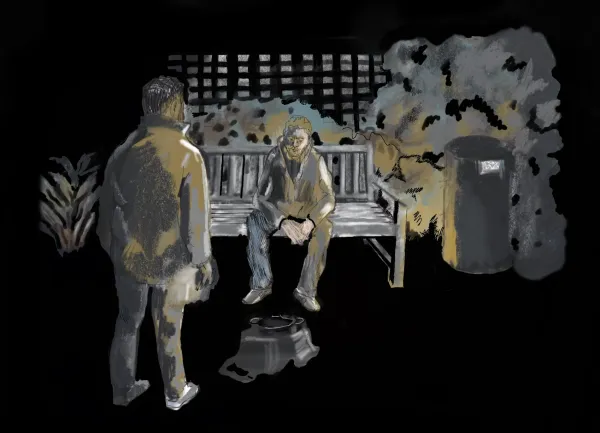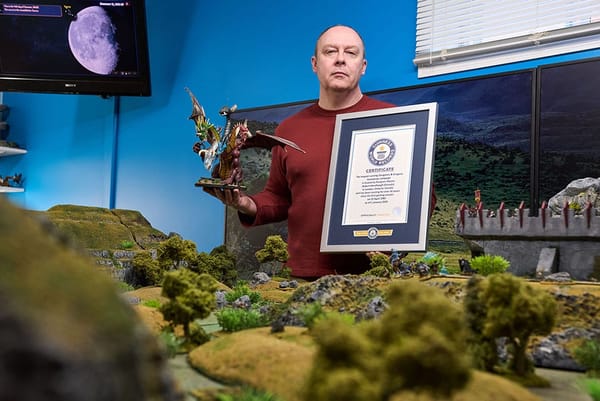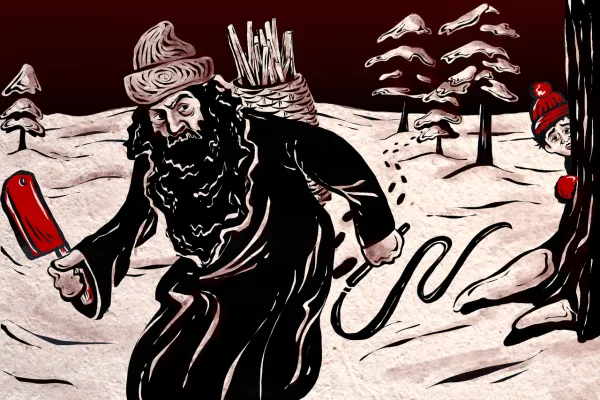She diagnosed her own genetic disorder and changed science

From ProPublica: "Jill Dopf Viles — self-taught genetic detective — passed away recently at the age of 50. She became convinced she had a rare form of muscular dystrophy called Emery-Dreifuss, which causes muscle wasting, and an even rarer form of partial lipodystrophy, which causes fat to vanish from certain parts of the body. Jill had been told for years that she didn’t have either of these, never mind both. After my first book, “The Sports Gene,” came out in 2013, I was on Good Morning America talking about genetics, and Jill happened to be within earshot of her TV. She sent me an email and followed up by sending me a batch of family photos and a bound packet outlining her theory: that she and Canadian sprinter Priscilla Lopes-Schliep — Olympic bronze medalist in the 100-meter hurdles — shared a genetic mutation. On the face of it, this seemed ridiculous. One could hardly find a picture of two more different women."
Was Shakespeare stoned when he wrote some of his most famous plays?

From LitHub: "William Shakespeare was in danger of being canceled. He was a big fan of mind-altering drugs — especially cannabis. But the Church of England looked down on live theater because of its “unwholesome” moral content and was keeping an eye out for plays to shut down; plus, city officials had to approve plays before they could be performed within the city limits. So, if Shakespeare had dared to admit publicly that he smoked cannabis, it might have ended his career. That’s right, Shakespeare was a stoner. They found the evidence in his backyard. Some anthropologists got permission from a museum to borrow twenty-four clay pipe fragments that had been dug up in the small town of Stratford-upon-Avon, where Shakespeare used to live. Using state-of-the-art forensic technology, the anthropologists discovered cannabis residue on eight of them — including several from Shakespeare’s backyard garden — that dated back to the late 1500s/early 1600s, around the time he actually lived there."
If you have this neurological condition your ancestors interbred with Neanderthals
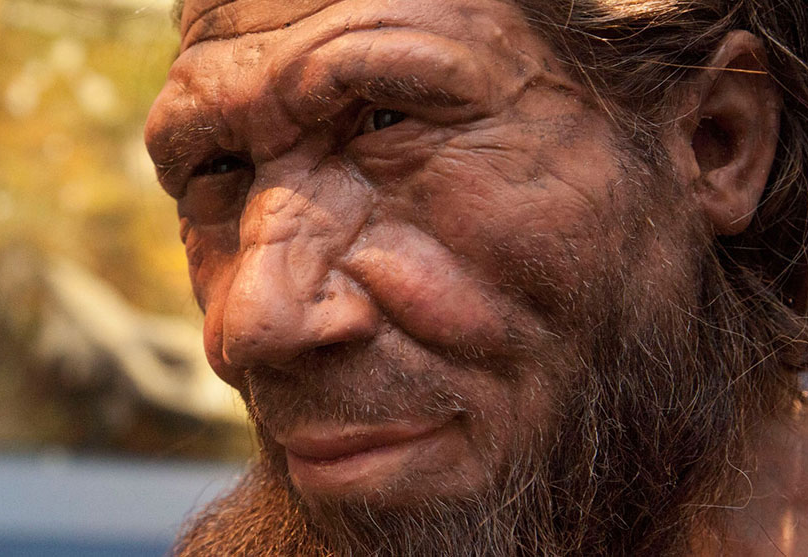
From Simon Fraser U: "A new study from SFU reveals interbreeding between humans and their ancient cousins, Neanderthals, as the likely origin of a neurological condition estimated to impact up to one per cent of people today. The study was published this week in the journal Evolution, Medicine, and Public Health, and suggests that Chiari Malformation Type 1, a serious and sometimes fatal neurological condition, may be linked to Neanderthal genes that entered the human gene pool through interbreeding tens of thousands of years ago. Chiari Malformation Type 1 occurs when the back of a human’s skull is too small to properly hold the brain, causing part of the base of the brain to herniate out of the skull and into the spinal canal. This can cause the herniated part of the brain to be pinched, leading to symptoms such as headaches, neck pain, dizziness and, in severe cases, death if too much of the brain herniates out."
Hi everyone! Mathew Ingram here. I am able to continue writing this newsletter in part because of your financial help and support, which you can do either through my Patreon or by upgrading your subscription to a monthly contribution. I enjoy gathering all of these links and sharing them with you, but it does take time, and your support makes it possible for me to do that. I also write a weekly newsletter of technology analysis called The Torment Nexus.
The real-life science experiments that inspired Mary Shelley's novel Frankenstein

From Open Culture: "Worried by the potential inability to distinguish between the states of life and death, two doctors, William Hawes and Thomas Cogan, set up the Royal Humane Society in London in 1774. At the time, it was called the Society for the Recovery of Persons Apparently Drowned, a name that would’ve doubled neatly as a mission statement. Falling into the rivers and canals of London was, it seems, a common occurrence in those days, and few members of the public possessed the swimming skills to save themselves. Thus the Society’s members took it upon themselves to devise methods of reviving those “persons apparently drowned,” whether their plunges were accidentally or deliberately taken. One such attempted suicide seems to have been Mary Shelley’s mother, the feminist, Mary Wollstonecraft, who later complained about how, after leaping into the Thames, she was “inhumanly brought back to life and misery.”
Amish communities have a much lower rate of allergies but scientists aren't sure why
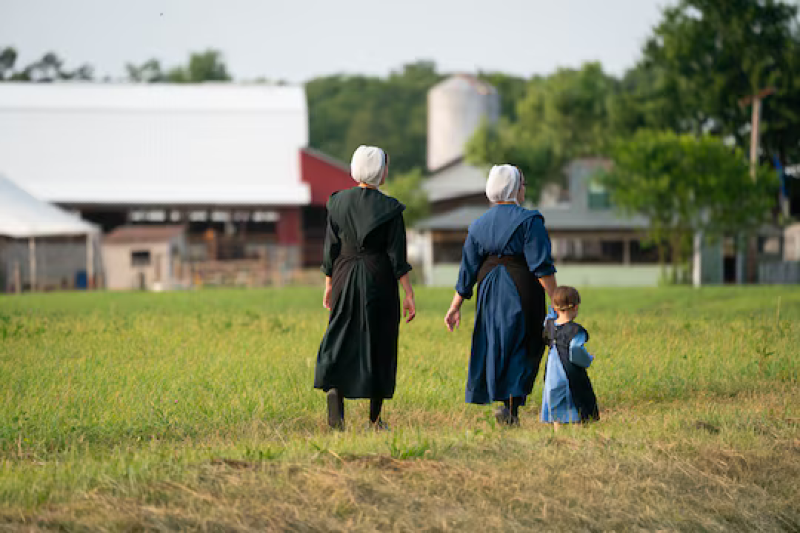
From the Washington Post: "Whether triggered by pollen, pet dander or peanuts, allergies in this day and age seem nearly impossible to avoid. But one group appears virtually immune, a mystery to experts who study allergies.Despite the increasing rate of allergic diseases, both in industrialized and in developing countries, the Amish remain exceptionally — and bafflingly — resistant. Only 7 percent of Amish children had a positive response to one or more common allergens in a skin prick test, compared with more than half of the general U.S. population. Even children from other traditional farming families, who still have lower rates of allergic disease than nonfarm children, are more allergic than the Amish.In fact, one Amish community living in northern Indiana is considered one of the least allergic populations ever measured in the developed world. Now, rtesearchers are trying to discover what makes Amish and other traditional farming communities unique, in the hopes of developing a protective treatment that could be given to young children."
This is what it looks like from the top of the mountain known as K2

Acknowledgements: I find a lot of these links myself, but I also get some from other newsletters that I rely on as "serendipity engines," such as The Morning News from Rosecrans Baldwin and Andrew Womack, Jodi Ettenberg's Curious About Everything, Dan Lewis's Now I Know, Robert Cottrell and Caroline Crampton's The Browser, Clive Thompson's Linkfest, Noah Brier and Colin Nagy's Why Is This Interesting, Maria Popova's The Marginalian, Sheehan Quirke AKA The Cultural Tutor, the Smithsonian magazine, and JSTOR Daily. If you come across something interesting that you think should be included here, please feel free to email me at mathew @ mathewingram dot com
